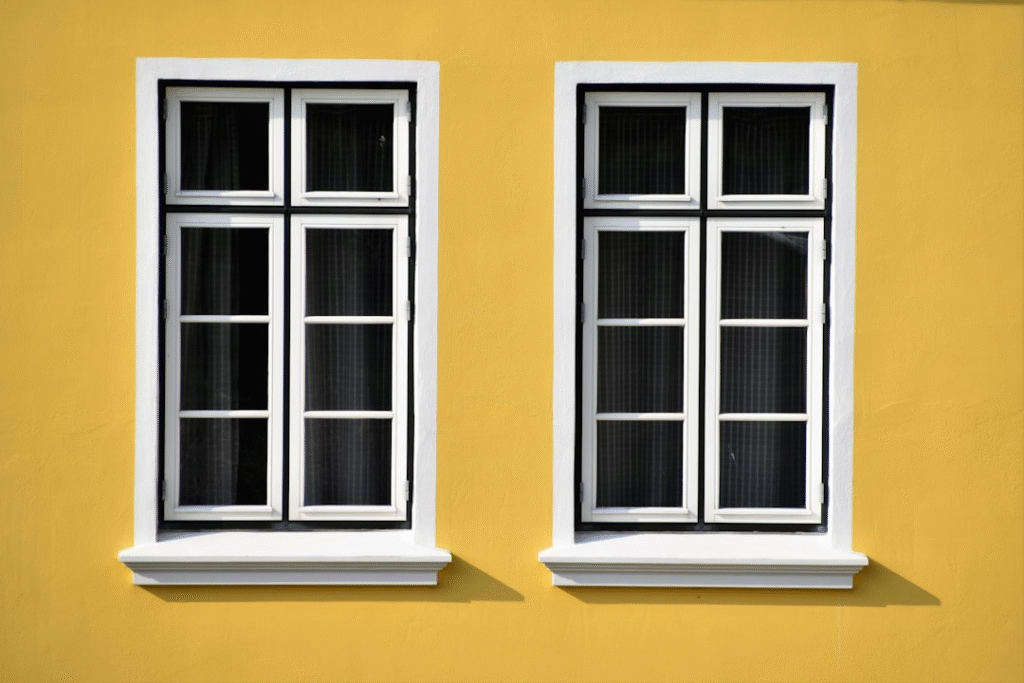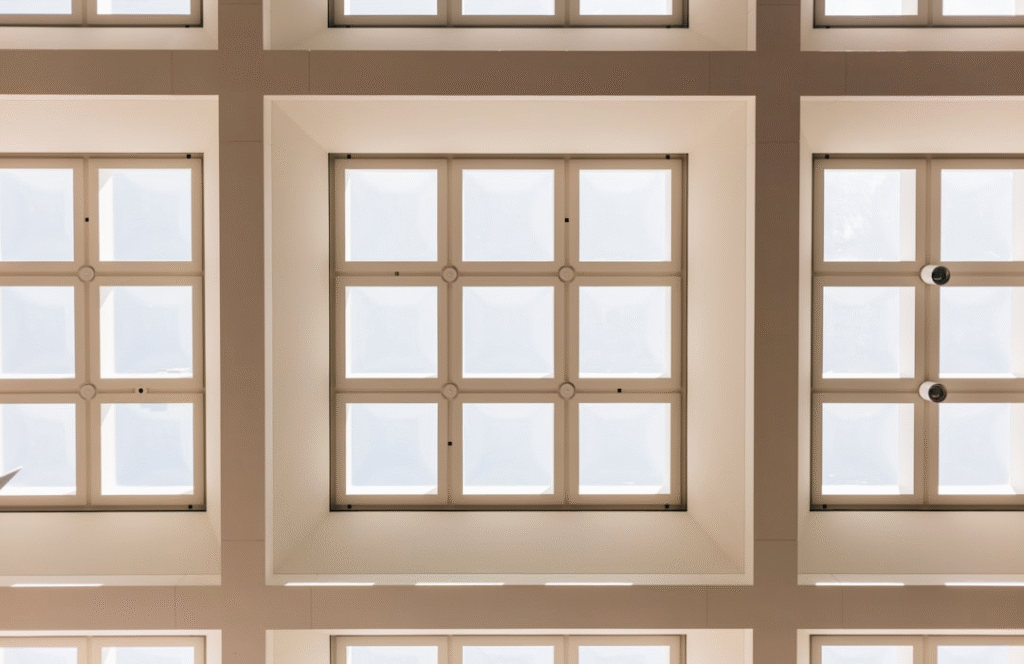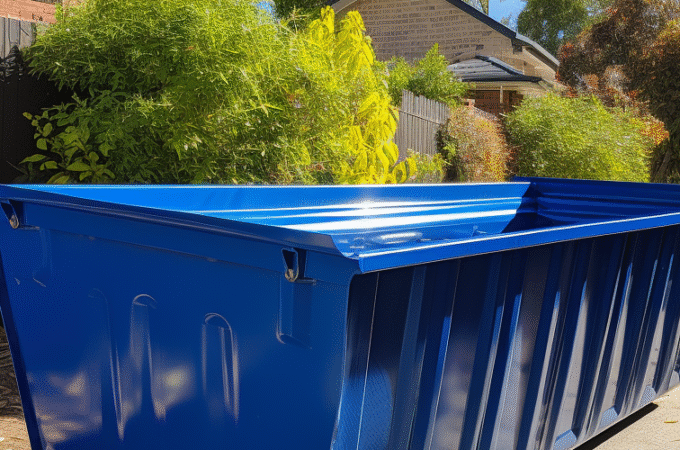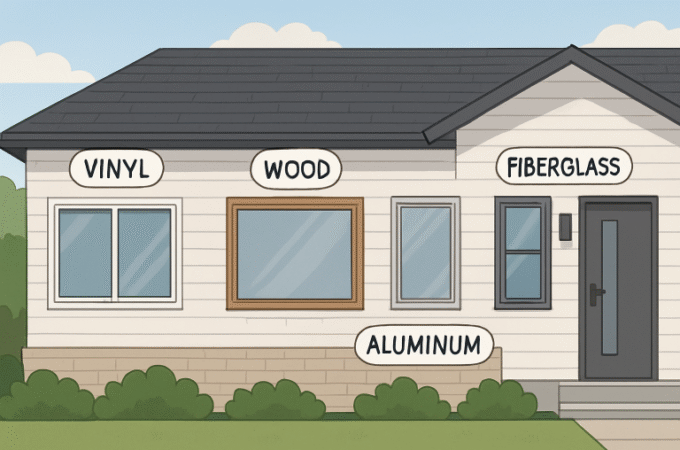
Ultimate Checklist for Replacement Window Providers in CT
Table of Contents
ToggleIntroduction: Why Upgrading Your Windows in Connecticut is a Smart Investment
For Connecticut homeowners, new windows are a big deal. They are more than just a home upgrade. They are a wise choice for your comfort and your wallet.
Our state has tough weather: cold winters and hot summers. Old windows often let heat out or in, which means higher energy bills and an uncomfortable home.
Upgrading your windows can change this. New windows bring many benefits. They help save energy, make your home more valuable, and look great. They can even make your home quieter.
In this extensive guide, we will help you understand replacement windows, covering different types and costs. We will also show you how to find the best provider. We want to help you make the best decision for your Connecticut home.
Key Considerations for Replacement Windows in CT
Starting a window replacement project in Connecticut requires careful consideration of various factors. From the materials that will best withstand our diverse climate to the styles that complement your home’s architecture, and the home’s efficiency ratings that promise long-term savings, every detail contributes to the success of your investment. Understanding these key considerations will empower you to make informed decisions that improve your home’s comfort, value, and appeal.
Understanding Window Materials and Styles
The choice of window material significantly impacts durability, maintenance, energy efficiency, and overall aesthetic. Connecticut homes, with their varied architectural styles and exposure to fluctuating weather, demand materials that can perform reliably.
Vinyl Windows: These are a popular choice for many Connecticut homeowners due to their excellent energy efficiency, low maintenance requirements, and affordability. Modern vinyl windows are engineered to resist warping, cracking, and fading, making them a durable option for our climate. They come in various colors and styles, offering versatility to match any home design.
Wood Frames: For homes where historical accuracy or a natural aesthetic is paramount, wood windows remain a classic choice. They offer superior insulation properties and can be painted or stained to match interior or exterior décor. However, wood requires more maintenance than vinyl, needing regular painting or sealing to protect against moisture and rot, which is a significant consideration in Connecticut’s humid summers.
Composite & Fiberglass: These materials represent a modern advancement, combining wood’s strength and stability with vinyl’s low maintenance. Fiberglass, in particular, is known for its exceptional durability and resistance to expansion and contraction, making it ideal for extreme temperature fluctuations. Composite materials often incorporate wood fibers and polymers, offering a robust and energy-efficient alternative that can mimic the look of wood without the intensive upkeep. While generally more expensive than vinyl, their longevity and performance can justify the investment.

Beyond materials, selecting the right style is crucial for both function and form.
- Double-hung windows are a timeless choice, especially prevalent in traditional Connecticut homes. The top and bottom sashes can be opened and tilted inward, offering excellent ventilation and easy cleaning.
- Casement Windows: Hinged on the side and opening outward with a crank, casement windows provide an unobstructed view and superior ventilation. Their tight seal when closed also contributes to excellent energy efficiency.
- Picture Windows are fixed, non-opening windows designed to maximize natural light and offer expansive views. Due to their sealed nature, they are highly energy-efficient.
- Slider Windows: Featuring sashes that glide horizontally, slider windows are a practical choice for wider openings and areas where outward-opening windows might be inconvenient.
- Bay and Bow Windows: These multi-pane windows project outward from your home, creating a dramatic architectural feature and adding interior space. They are often chosen to improve curb appeal and introduce more light.
Each style offers unique benefits, and the best choice often depends on the room’s function, desired ventilation, and your home’s overall aesthetic.
Decohome’s Energy Efficiency for the Connecticut Climate
Given Connecticut’s distinct seasons—winters and warm, humid summers—energy-efficient windows are not just a luxury—they’re a necessity. Investing in windows with high energy performance ratings can significantly reduce your heating and cooling costs, improve indoor comfort, and contribute to a greener home.
ENERGY STAR Ratings: This is your first indicator of an energy-efficient window. Products that earn the ENERGY STAR label meet strict energy efficiency guidelines set by the U.S. Environmental Protection Agency and U.S. Department of Energy. For Connecticut, look for windows rated explicitly for the Northern Climate Zone to ensure optimal performance against our local weather patterns.
U-Factor Explained: This metric measures how well a window prevents heat from escaping your home. A lower U-factor indicates better insulation and less heat loss. In our climate, prioritizing a low U-factor is crucial for minimizing winter heating costs.
Solar Heat Gain Coefficient (SHGC): This measures how well a product blocks heat caused by sunlight. A lower SHGC means less solar heat enters your home, which is beneficial during our hot summers to reduce air conditioning usage. Balancing U-Factor and SHGC is key to year-round comfort in Connecticut.
Low-E Coatings: Low-emissivity (Low-E) coatings are microscopic, transparent layers applied to the glass surface. They reflect radiant heat, keeping your home warmer in winter by reflecting heat inward and cooler in summer by reflecting heat outward. This technology is a cornerstone of modern energy-efficient windows.
Argon Gas Fill: Many energy-efficient windows feature inert gases like argon or krypton sealed between panes of glass. These gases are denser than air, providing an additional layer of insulation that further reduces heat transfer.

Weatherstripping Importance: Beyond the glass and frame, the quality of weatherstripping around the sashes is vital. It creates a tight seal, preventing drafts and air leakage, which can otherwise undermine the energy performance of even the most advanced windows.
By understanding and prioritizing these energy efficiency features, Connecticut homeowners can select windows that provide superior comfort and substantial savings on utility bills throughout the year.
Navigating the Cost of Replacement Windows in CT
Understanding the financial aspect of window replacement is a critical step for any homeowner. While we cannot provide specific dollar figures, it’s essential to recognize that the investment in new windows can vary significantly based on numerous factors. Focusing on these factors will help you estimate and manage your budget effectively.
The overall investment for a window replacement project in Connecticut can fluctuate widely. This variability is influenced by your choices regarding materials, styles, and features, as well as the specifics of your home and the installation process.
Cost Factors:
- Material Costs: As discussed, vinyl is typically the most budget-friendly option, while wood, fiberglass, and composite materials generally command higher prices due to their unique properties and manufacturing processes.
- Labor Costs: Installation expertise is paramount. Labor costs will reflect the complexity of the installation, the crew’s experience, and regional wage differences within Connecticut. More intricate installations, such as those involving custom sizes or structural modifications, will naturally incur higher labor charges.
- Window Size & Type Impact: Larger windows and specialized types like bay, bow, or custom-shaped windows require more materials and complex installation techniques, leading to higher costs than standard double-hung or slider windows.
- Energy Efficiency Features: Upgrades like triple-pane glass, advanced Low-E coatings, and specialized gas fills improve performance and add to the initial investment. However, these features often pay for themselves over time through reduced energy bills.
- Brand and Customization: Reputable brands known for quality and innovation may have higher price points. Custom-sized windows or unique aesthetic options will also increase costs compared to standard, off-the-shelf units.
Ways to Save Money on Windows:
- Prioritize Replacements: If a complete home replacement is not immediately feasible, focus on replacing the oldest, most damaged, or least efficient windows first.
- Choose Standard Sizes: Custom-sized windows are more expensive. If possible, select windows that fit standard openings to reduce fabrication costs.
- Consider Off-Season Installation:Installers may offer more competitive pricing or faster scheduling during their slower periods, often in late fall or winter.
- Explore Financing Options: Many providers offer financing plans, including deferred or low-interest loans, making a significant investment more manageable.
- Seek Energy Rebates and Incentives:Check for local, state, or utility company programs that offer rebates or tax credits for installing energy-efficient windows.
- Obtain Multiple Quotes: Always get detailed estimates from several reputable contractors to compare pricing, services, and product offerings.
By carefully evaluating these factors and exploring available saving strategies, you can make a financially sound decision for your Connecticut home.
Evaluating a Contractor’s Credentials and the Contractor’s selection of the right window replacement contractor is as crucial as selecting the right windows. A reputable and experienced installer ensures that your investment performs as expected in terms of energy efficiency and longevity. In Connecticut, where quality craftsmanship is valued, thorough vetting is essential.
Customer Reviews: Start by researching online reviews and testimonials. Look for consistent themes regarding professionalism, communication, punctuality, and the quality of artistry. Pay attention to how companies respond to both positive and negative feedback.
BBB Rating: A company’s Better Business Bureau (BBB) rating can offer insights into its business practices and complaint resolution history. A high rating (A+ being the best) indicates a commitment to customer satisfaction.
Years of Experience: Longevity in the business often signifies stability and a proven track record. Companies that have served Connecticut homeowners for years have likely refined their processes and built a strong local reputation.
Local Expertise: A contractor familiar with Connecticut’s specific climate and architectural styles can provide custom recommendations and anticipate potential installation issues unique to our region.
Installation Process: Inquire about the company’s installation method. A professional installer should have a clear, systematic process that minimizes disruption, ensures a precise fit, and includes proper sealing and cleanup. They should also be able to explain how they protect your home during the installation.
Certifications: Ask if their installers are certified by manufacturers or industry associations. These certifications demonstrate a commitment to ongoing training and adherence to best practices.
For homeowners seeking detailed information on selecting a reliable provider for their home improvement needs, a valuable resource on Advanced replacement windows CT can be found here: Advanced replacement windows CT. This can offer further guidance on what to look for in a quality service.
A contractor’s credentials and references indicate their reliability and commitment to delivering a high-quality outcome for your window replacement project.
Finalizing Your Window Replacement Project
Once you’ve narrowed down your choices of styles, energy-efficiency features, and trusted contractors, the final stages of your window replacement project involve securing your investment with robust warranties and strategically planning the installation. These steps ensure peace of mind and a smooth transition to your newly upgraded home.
The Importance of Warranties and Guarantees
A comprehensive warranty is a cornerstone of any significant home improvement project, especially for replacement windows. It protects your investment and assures that your new windows will perform as promised for years. When evaluating warranties, look for several key components:
- Lifetime Warranty: Many reputable window manufacturers and installers offer a “lifetime” warranty. It’s crucial to understand what lifetime means in this context—is it the product’s or the original homeowner’s lifetime?
- Transferable Warranties: If you plan to sell your home in the future, a transferable warranty can be a significant selling point. It allows the new homeowners to benefit from the same protection, adding value to their property.
- Labor Coverage: In addition to the product itself, ensure the warranty covers the labor involved in installation. This protects you from issues arising from faulty installation rather than manufacturing defects.
- Accidental Damage: While less common, some premium warranties may offer coverage for accidental glass breakage or other unforeseen damage. This can provide an extra layer of security against mishaps.
- Weather Damage Protection: Given Connecticut’s sometimes harsh Connecticut’s for warranties that specifically address performance against severe weather conditions, ensuring your windows stand up to the elements.
Always read the fine print of any warranty to understand its terms, conditions, and what specific components are covered. A strong warranty reflects a manufacturer’s and installer’s artistry.
Choosing the Best Time to Install and Final Steps
Deciding when to schedule your window replacement can depend on various factors, but modern installation techniques mean that projects can often proceed year-round in Connecticut.
Year-Round Installation: Professional installers are equipped to work in various weather conditions. They typically replace one window at a time, minimizing heat loss in winter or cool air escape in summer, ensuring your home’s comfort is maintained throughout the process.
Off-Season Benefits (Winter): While many homeowners prefer warmer months, scheduling your installation during the colder, “off-season” (late fall or winter) can sometimes offer advantages. Installers may have more flexible scheduldue to lower demand, es, and you might find more competitive pricing or speciar demand.
Before the installation day arrives, there are a few final steps to ensure everything goes smoothly:
- Professional Measurement: Confirm that a professional has precisely measured all window openings. Accuracy here is paramount for a perfect fit and optimal performance.
- Scheduling the Project: Work with your contractor to set a clear timeline for the project, including start and end dates, and what to expect each day.
- Prepare Your Home: Clear furniture and valuables away from window areas, and remove any window treatments. This helps the installation crew work efficiently and safely.

Finally, once your new windows are installed, inspect the work. Ensure all windows operate smoothly, locks engage properly, and seals are tight.
List of Final Questions to Ask Your Installer:
- What is the estimated completion time for the entire project?
- How will you protect my home and landscaping during installation?
- What is the cleanup process after installation is complete?
- How should I operate and maintain my new windows?
- Who should I contact if I have questions or issues after installation?
By carefully considering warranties and planning the installation, you can ensure your replacement window project in Connecticut is a successful and lasting improvement to your home.






